Moore Park
1882 - 1997 Moore Park
For over a century Moore Park was the much-loved home of
the Royal Agricultural Society of New South Wales. From a barren scrubland it grew into a miniature city,
and along the way all the familiar traditions of the Show were born.
Our History
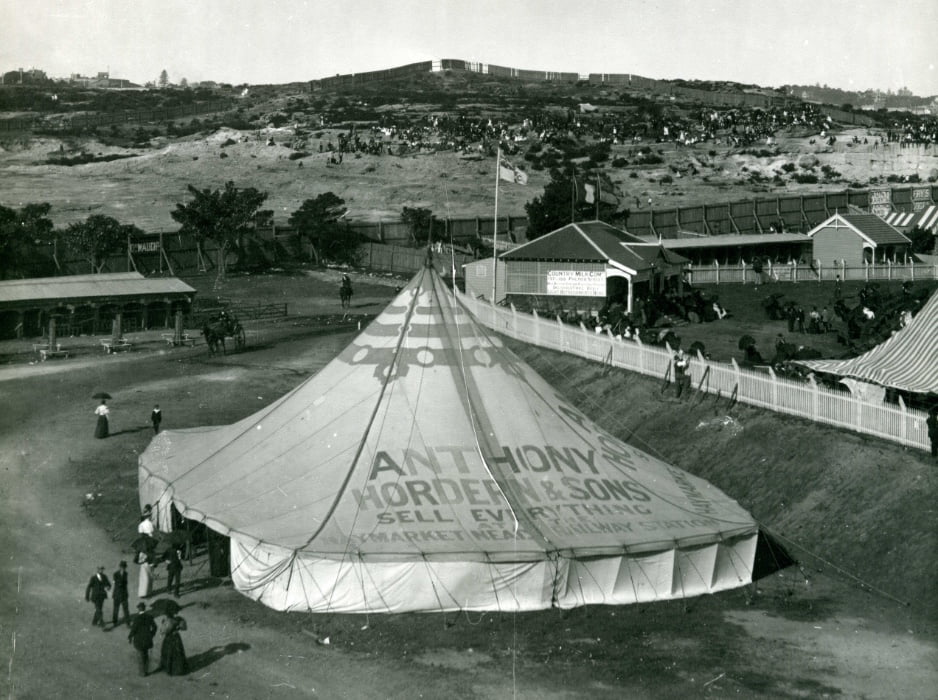
1882-1914
Building a ground
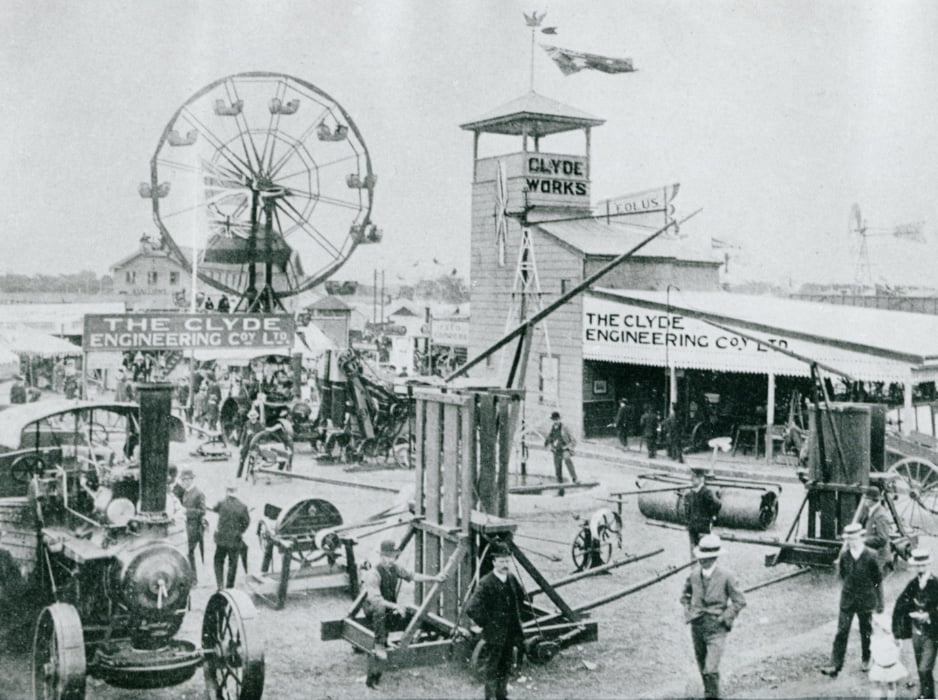
Consolidation
"The growth of the premises is in its way one of the most remarkable developments of the time. It is not so many years ago since the society was making shift in a collection of unaesthetic shanties. Today it exercises proprietorship over a veritable township – an area of named streets and creditable buildings, and buildings too, which are becoming more numerous and imposing every year."
- The Sydney Morning Herald, 15 April 1910
By 1914 most of the features of the Show as we know it were in place:
- Working dairy in operation where milking could be seen, 1888
- Craft competitions introduced, 1888
- Sideshows a noticeable feature by 1888
- Society becomes ‘royal’ when Queen Victoria grants permission to use the prefix in 1891
- Woodchop competitions begin 1899
- District Exhibits started, 1900
- Grand Parade commences 1907
- Sample bags (showbags) given away by food companies, c1909
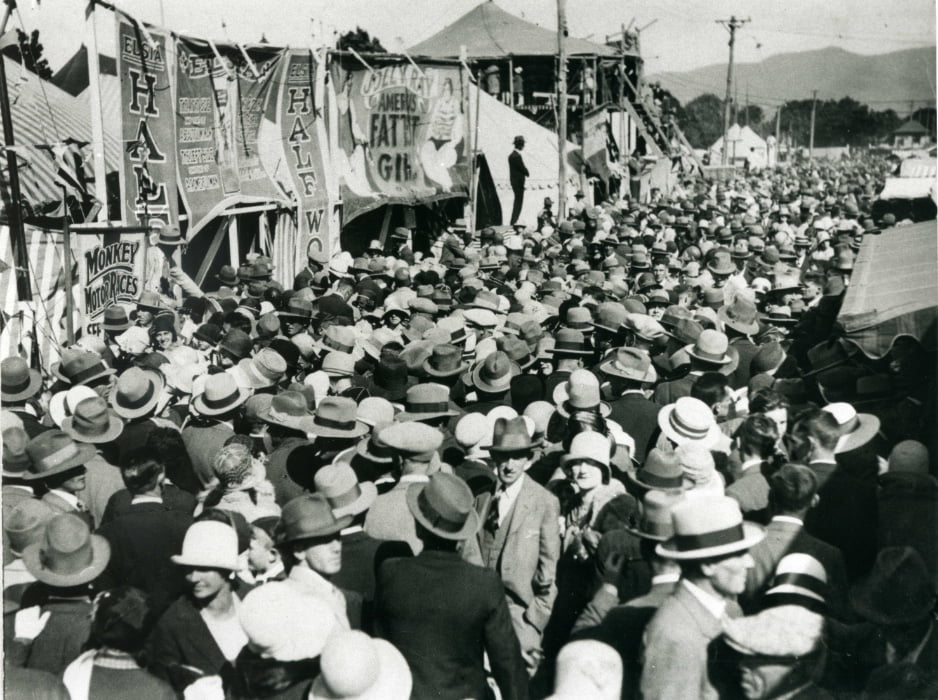
Annual holiday
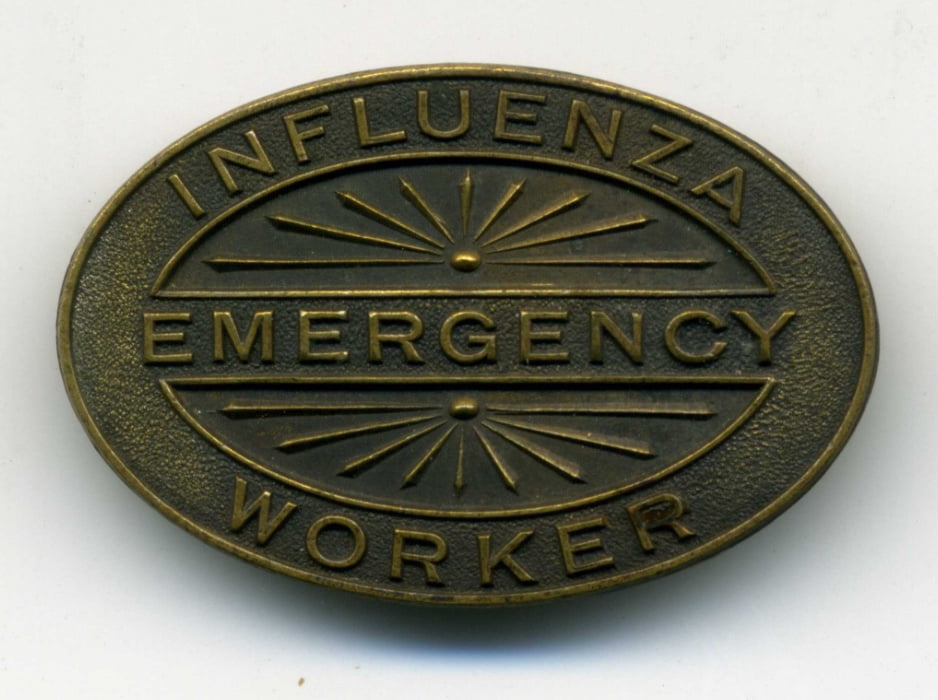
1914-1945
Two World Wars and in between
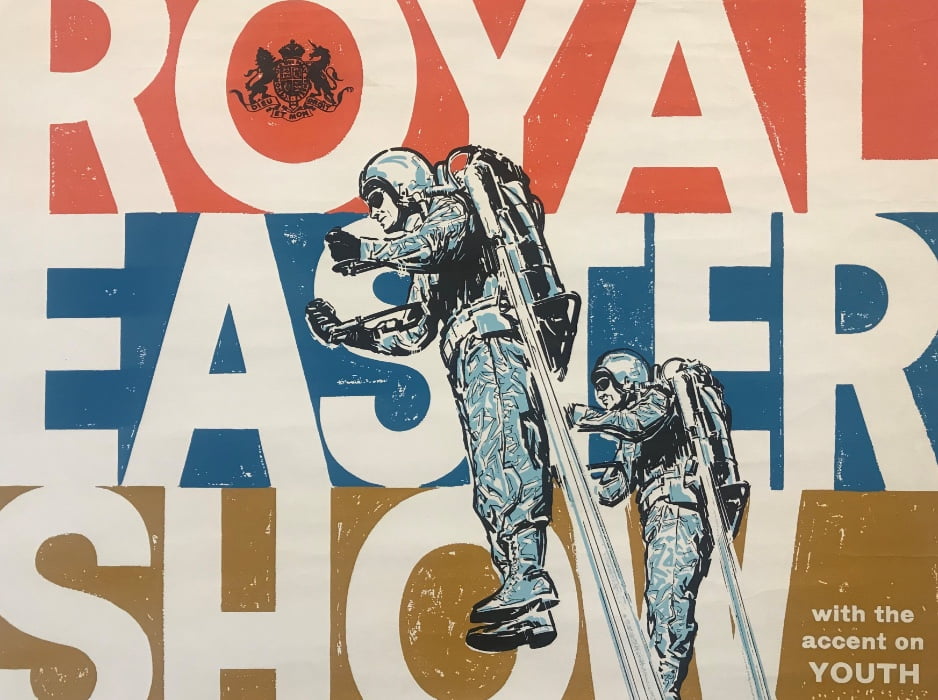
1947-1997
Post-war modernity
By the late 1980s facilities at Moore Park needed major repairs and upgrading. But more than that, the Show had outgrown its home. In 1994 relocation to Sydney Olympic Park at Homebush Bay was approved by the NSW Government.
The last Show at Moore Park in 1997 was an emotional affair. On the final night the lights dimmed in the main arena. Ten thousand candles held by the crowd flickered in the dark while a lone piper played ‘Auld Lang Syne’. A whole new era was set to begin.